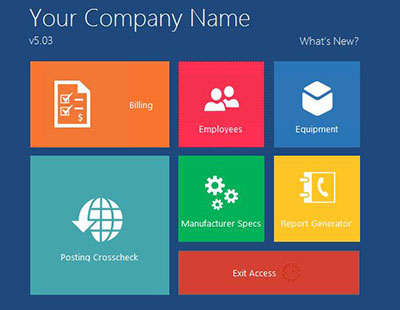magic_sponge
New member
- Local time
- Today, 00:11
- Joined
- Sep 15, 2022
- Messages
- 2
Hi there - I hope I'm posting this in the right place.
I'm not an Access expert, but I know enough to get by. I have an Access FE which I use to collect data from five or six members of my company. We use Dropbox here, so I set it up using a SQL server backend, and then emailed copies of the FE to the individual users to save local copies.
This works ok, but I want to find a way that means I don't have to keep emailing them updates. We're constantly updating, tweaking, adding and I want to a) reduce the amount of email traffic and b) always know they're using the most up to date version.
I played around with the idea of saving the FE in a Dropbox folder which would then automatically 'save a copy' to their local machine so they never actually use the version saved on Dropbox, but it seems from looking around this isn't really how Access works.
Essentially, I'm just looking for a way to make sure the most recent version of the FE is used without using the email method if possible. Any suggestions?
Thank you in advance.
I'm not an Access expert, but I know enough to get by. I have an Access FE which I use to collect data from five or six members of my company. We use Dropbox here, so I set it up using a SQL server backend, and then emailed copies of the FE to the individual users to save local copies.
This works ok, but I want to find a way that means I don't have to keep emailing them updates. We're constantly updating, tweaking, adding and I want to a) reduce the amount of email traffic and b) always know they're using the most up to date version.
I played around with the idea of saving the FE in a Dropbox folder which would then automatically 'save a copy' to their local machine so they never actually use the version saved on Dropbox, but it seems from looking around this isn't really how Access works.
Essentially, I'm just looking for a way to make sure the most recent version of the FE is used without using the email method if possible. Any suggestions?
Thank you in advance.

